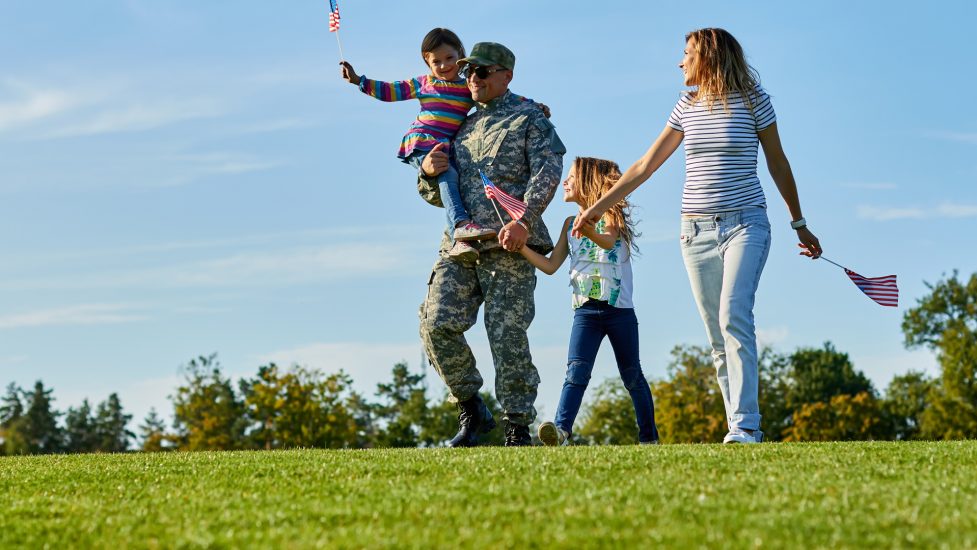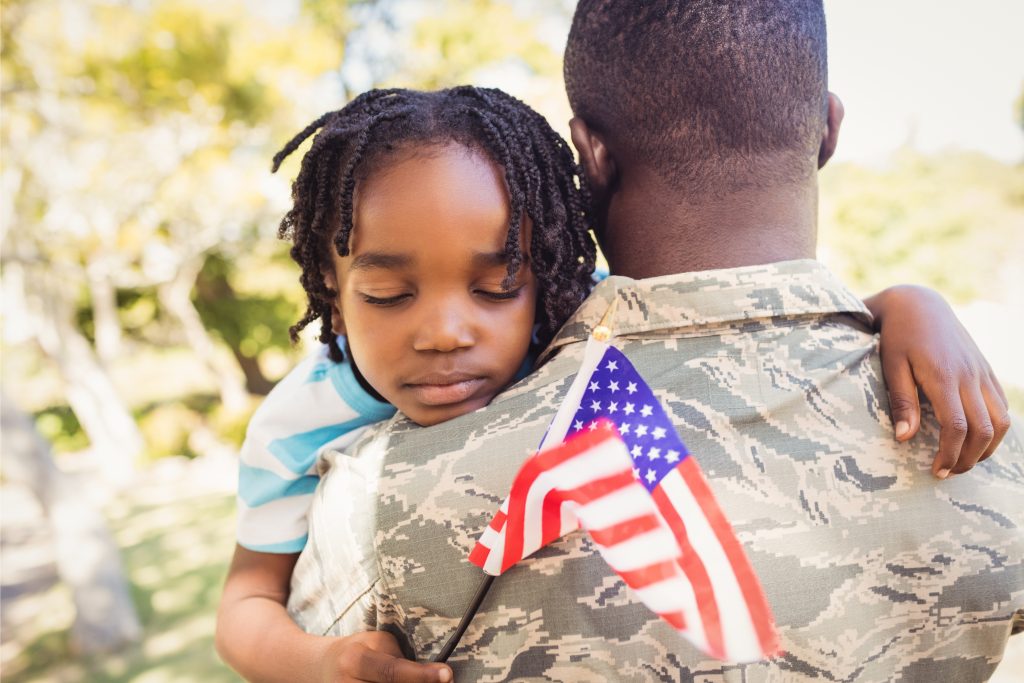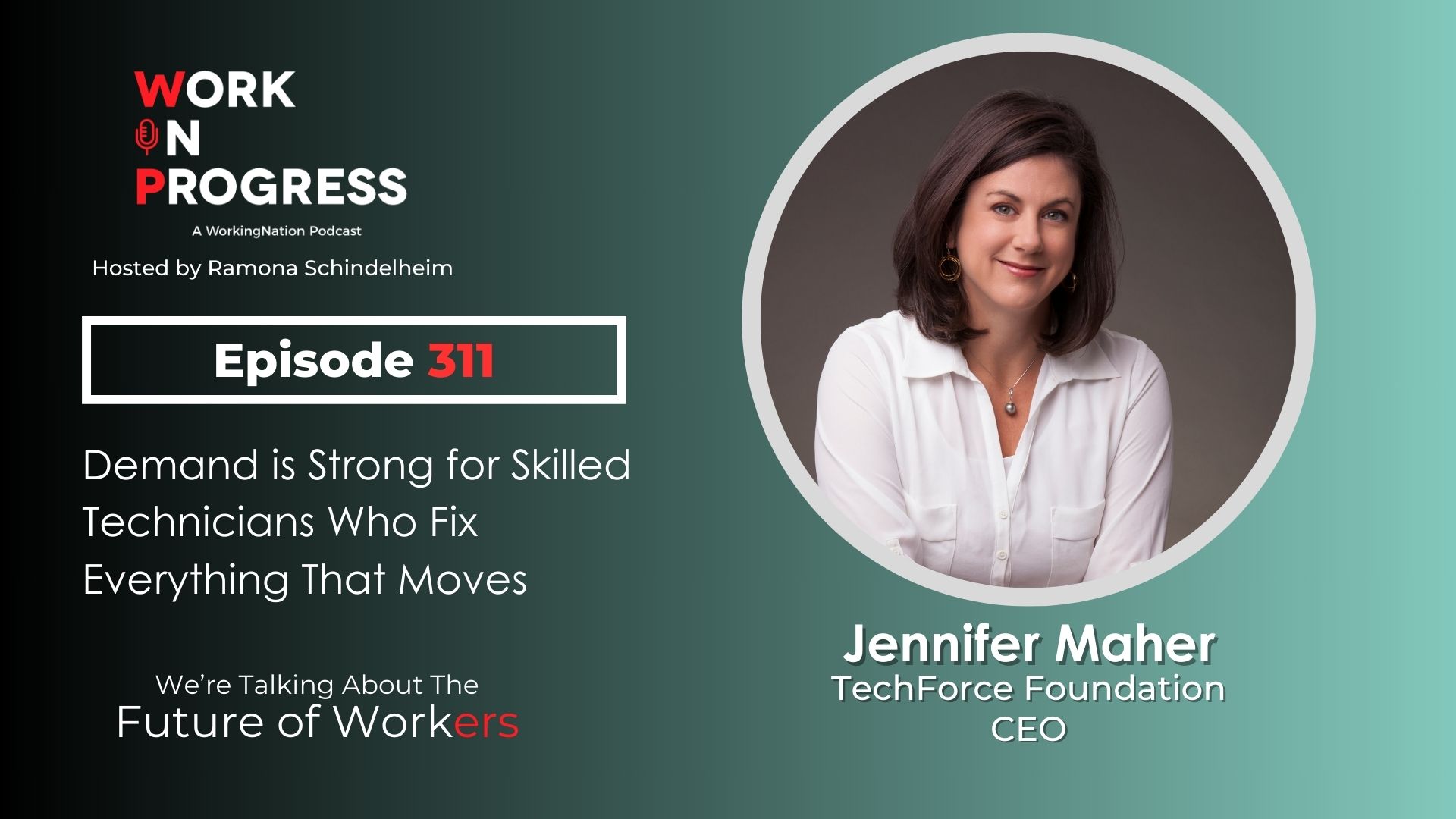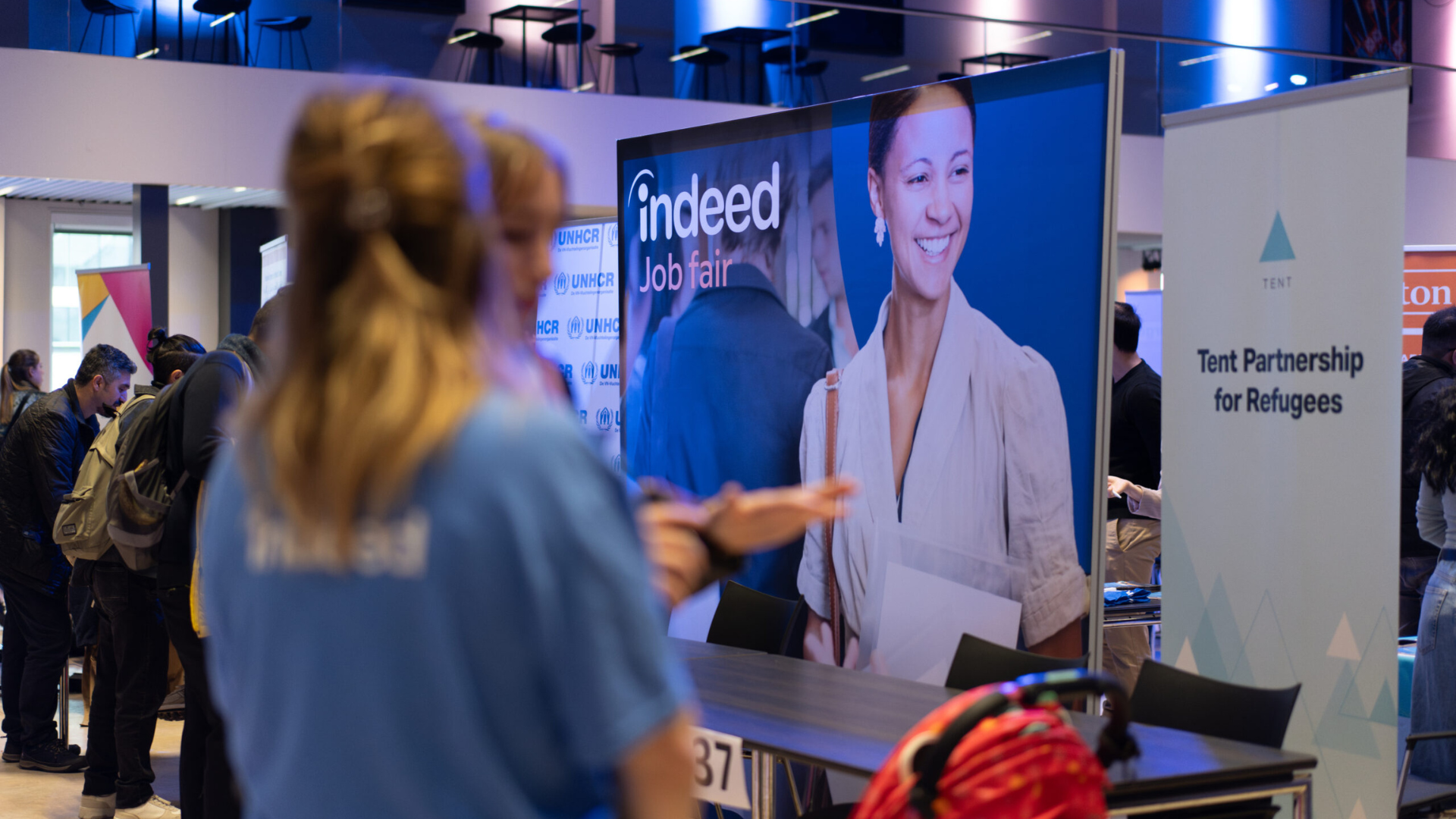November is Veterans and Military Families Month, a time to acknowledge the contributions and sacrifices that service men and women and their families make for the country.
Here at WorkingNation, we will spend the month sharing stories of the people, programs, and initiatives working to help these men and women find meaningful and well-paying jobs after they have served.
It is an ongoing challenge for exiting military personnel to move back into civilian life. Every year, more than 200,000 men and women leave active duty. This year, being unlike any other, has added a heavier burden to transitioning veterans.
“It’s the largest number of displaced workers created every year in the entire world,” says John Boerstler, the CEO of Combined Arms Institute, a nonprofit that connects veterans to veteran serving organizations (VSOs).
“Early on in the pandemic, when a lot of people lost their jobs – veterans and their families were no different, they were not immune to that,” says Boerstler.
Combined Arms Institute (which is the result of a recent partnership between Combined Arms and NAVSO) has seen significant increases in requests for aid. “We’ll touch about 20,000 clients this year. That’s active duty, military veterans, spouses, family members, caregivers,” says Boerstler who is a Marine Corps veteran. “It’s probably almost double than last year.”
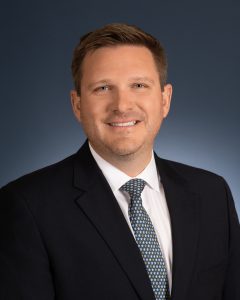
“Career services and employment services are always by far number one,” states Boerstler, “but we’ve never seen financial assistance, food assistance, rental assistance, utility assistance creep up that high.”
“We have to be more agile. We have to be a lot more collaborative in order to be successful within our individual silos. I love the term ‘silo busting’ because that’s essentially a characterization of what we do,” says Boerstler, noting there is not simply a single solution to addressing the needs of veterans.
Veteran Unemployment
According to the BLS, the unemployment rate for veterans in October was 5.9% compared to non-veterans at 6.8%. That rate peaked in April for veterans at 11.8% and at 14.8% for non-veterans.
James Borbely, a BLS economist explains the rate differences. “Veterans were less likely to work in the most affected industries, like leisure and hospitality, and retail trade. Veterans are more likely to work in government than non-veterans (22% vs 13%).” He says telework may also be a reason for the rate difference, “Government workers were more likely than private wage and salary workers to have teleworked because of the pandemic (36% vs 25% in July).”

“Veterans have great training that makes them great government employees,” says Robert Frick, corporate economist for Navy Federal Credit Union. “I mean, what is the military? The military is a massive government bureaucracy. Being able to work in a bureaucracy, fill in all the boxes, move things forward in a complex system, that’s hard to do. One of the good things about employment right now is that government employment is holding up well.”
Boerstler says it’s true that many veterans continue to serve by working in the federal, state, or local governments. But he notes, “There is definitely a higher number per capita of veterans when you compare to the general population that continue their service in some sort of public way, but 70%—maybe more—still work in the private sector.”
According to Frick, another industry is showing signs of recovery. “Manufacturing took a big blow in the spring. But manufacturing is coming back and veterans tend to hold onto jobs better than other people. We know that just from looking at the statistics from the COVID recession.”
Boerstler cautions the BLS data may see a shift in the months ahead. “This summer, the military offered many service members the opportunity to delay their exits. So if you were getting out in March, April, May, June, July, they allowed a delay of three, six, or even 12 months, in some cases.”
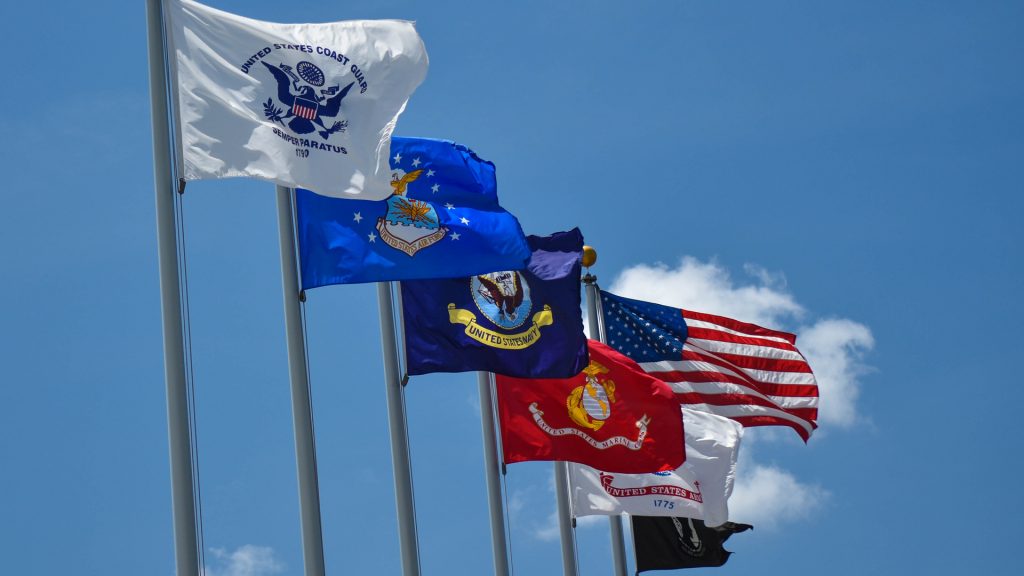
“When they come back, they don’t have the professional and personal networks established like they did in the military. They don’t have this support system and the apparatus to make sure they’re successful. The community is really on the hook for that,” says Boerstler.
After staggering unemployment numbers early in the pandemic, Frick notes hiring did pick up. “We had a lot of really quick gains – over a million month after month. But now it’s slowed down because the easy gains have happened. The people who are laid off who are going to be hired back, we pretty much have that. Now, it’s going to be much harder to bring the unemployment rate down.”
Articulating the Veteran Skillset
People in the military gain an array of non-technical skills, according to Chaitra Hardison, Ph.D., a senior behavioral scientist at the RAND Corporation.
“Each of the individuals might have different amounts of experience with these skills, and different experiences on the job. But on the whole, the military does work actively to develop these skill areas. This is something that many civilians may not have experienced. When I’m referring to nontechnical skills, I’m referring to skills that are not directly tied to a specific occupation or profession. For example, leadership skills – those are relevant across different kinds of applications, teamwork, communication skills, handling work stress.”

Hardison led a study on what veterans bring to the civilian workforce, examining the skills that members of the combat arms receive during training, as well as those skills developed in the working environment. As part of the research, specific resources were created for veterans and employers to help both groups see the value of the veterans’ non-technical skillset.
“I want to point out that it is intended to be useful to everybody, even though we only focused on the combat arms occupations. The purpose was to show people how to describe their experiences.”
“The reason that we were doing this study was because veterans often enter the workforce without being aware of the fact that the military gives them these skillsets,” explains Hardison.
“What is normal and natural, and every day to a military person, doesn’t even occur to them to bring those things up and articulate them as a skillset that might set them apart.”
Putting Skills Learned in the Military to Use in the Civilian Workforce
When service members are preparing to exit the military, Jeffrey Wenger, Ph.D., a senior researcher at the RAND Corporation, says, “The question becomes ‘how do you use the skills that you’ve been developing and twist them, repackage them, and put them to use in some other type of occupation?’”

Wenger headed a research project that was designed to better identify “military-civilian occupation crosswalks.”
“We had this big, extensive survey that we gave to active members. We asked them to tell us about their job. ‘How important is core strength, peripheral vision, eye-hand movement, oral communication, written communication?’ We got hundreds of items and we asked them at what level they do those things,” says Wenger.
“We took the average scores for all the people who answered our survey. And we compared their average scores on each of these items to all the civilian jobs in the economy. When the difference between your score and the civilian score is small, that’s a good match,” explains Wenger.
“We tried to find jobs that were relatively common, right? There’s no point in recommending a job where only six people are doing it. We try to find something that there’s enough people doing that you find it’s worth your while to pursue. And it pays a decent amount, and it doesn’t require getting a college degree,” Wenger says.
He offers an example. “Instead of thinking about police officer as the perfect job for an infantryman – because they carry a gun and they wear a uniform – we should be thinking about firefighter as the perfect job. Firefighters work in teams, they have to trust each other. They have to have good communication skills. They have to take care of their equipment because their equipment is going to save their lives. Once you understand this sort of demand, how many different dimensions of the job there are, and you start to understand all the things that go on in the military, then you realize that makes perfect sense.”
Wenger’s research focused on those who have served in the Army, but the work is continuing with surveys of the other branches of the military. The U.S. Department of Labor has a website that utilizes the RAND recommendations, enabling searches based on skills.
Wenger notes that this a resource that companies can be using, as well. “[Employers may be asking,] ‘Who should I be targeting? Maybe I should take out an ad in the Military Times, or maybe I should put an ad on a job board that is focused on military veterans, because I’m likely to find someone who’s qualified there.”
Acknowledging Credentials
In addition to the difficulty active duty military have articulating their skillsets, there is also the question of offering industry-recognition to some of those abilities. “I think a lot of industries are making intentional movement toward decoding that and translating those skills and experiences, and giving service members those credentials before they leave service,” says Boerstler.
“If they can prove they have those skills and experience, and that relates to, for example, an interior electrician or somebody who works in cybersecurity for the Defense Department, then pivots that to the private sector. So, there’s a lot of efforts going on.”
Getting Through These Tough Times
Hardison says she cannot speculate on what will happen down the road, but she says, “There seems to be a lot of interest in making sure that people who do transition out have the resources that they need in order to be able to transition into the non-military world.”
Frick notes that the opportunity to extend services can be a good option for those currently on active duty. “The idea of signing on for longer is very important. How many professions have that option? If you know that you can’t step out from your service into the job you want now, it might be a good time to stay in and while you’re in gather more skills.”
For those who have already separated from the military, Frick adds, “Now is a great time to use the GI bill.”
He is optimistic about the future prospects for this population. “Veterans are very resilient. They have low unemployment rates. I expect that even though it flattened out in the last couple months, I expect it’s going to resume going lower. Certainly in the first half of the year, I know that veterans are going to do better than the general population, just because that’s history.”
Boerstler says there are jobs in the civilian workplace where veterans can find good jobs. “The public sector is always a high target of opportunity for transitioning military in a variety of different jobs. Then you have the heavy industries – energy, construction, manufacturing, logistics – are all very highly sought after. Regarding logistics, moving lots of equipment and people all around the world at all times. That’s a pretty interesting skillset to have and most people possess it.”
He continues, “Technology is always a big one. That’s going to continue to grow as the military actions to shift into more digital and less analog. And even if you’re not a healthcare professional in the military, a lot of people get a little taste of it from the training that we get from a combat lifesaver course. People like those high operational tempos, like the need and the mission behind being in healthcare.”
In order to get veterans back into the workforce once they’ve returned home, Boerstler says VSOs getting out of their silos is key, “I think that public-private partnerships, P3, whatever you want to call it, is the only way we can truly achieve systemic change. We’re really solving public problems with private dollars.”
Noting the changing needs of the workplace, Boerstler says, “The military today is not like the military of yesterday. We have to do a better job at using public-private partnerships to shorten that transition experience so that we can accelerate service members and their families into a great career upon re-entry.”
Widening a Veteran’s Jobs Network

New research may also suggest “silo-busting”, to borrow from Boerstler. On November 11, LinkedIn will release new network analysis specific to veterans.
Previewing the findings, Melissa Boatwright, global insights leader at LinkedIn, says, “Compared to two years ago, we are seeing the networks of veterans and nonveterans beginning to overlap a little more.”
“However, this overlap is currently being driven by veterans, underscoring just how important support from the nonveteran community is in helping connect veterans to opportunities once they leave the service.”
WorkingNation is committed to telling stories about veterans, military families, and workforce opportunities. You can read and watch all these stories here: Veterans and Work.
And coming November 9, look for our new InquireWithin digital magazine dedicated to veterans and military spouses and solutions to their workforce issues.

